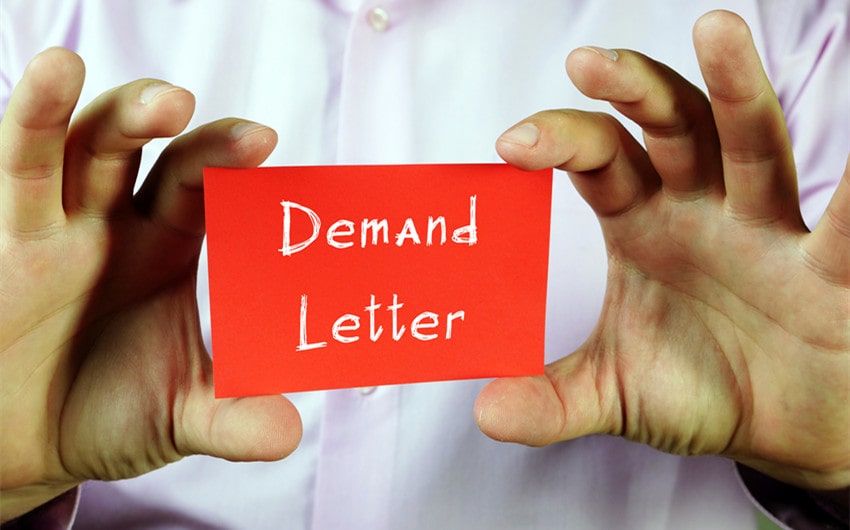Why Well-Drafted Demand Letters Matter in Personal Injury Claims?
In personal injury cases, the first step often shapes the outcome. One of the most important first steps is the demand letter an attorney sends to the insurance company or the at-fault party. This letter is more than just paperwork—it is the foundation of negotiations. The way it is written can influence how seriously the claim is taken and what kind of settlement may follow.
A strong demand letter can encourage early settlements, reduce the chances of going to court, and secure fair compensation. On the other hand, a poorly drafted letter may lead to delays, low offers, or outright rejection. This makes mastering the skill of writing demand letters for attorneys.
What Is a Demand Letter in Personal Injury Cases?
A demand letter is a formal written request sent to the responsible party or their insurer. It explains the injuries, damages, and the compensation being sought. The letter usually contains a summary of the accident, a statement of liability, and supporting documents such as medical bills, proof of lost income, and evidence of pain and suffering.
By sending a demand letter, an attorney shows seriousness and preparation, which signals to insurers that the client is ready to pursue the claim fully, even in court if required.
Why Demand Letters Matter?
Before exploring how to write a strong demand letter, it is important to understand why they are so critical in personal injury cases.
1. They Start Negotiations
The demand letter opens the door to settlement discussions. It sets the tone by showing intent to resolve the matter without litigation, while making it clear that court action remains an option.
2. They Build Credibility
Insurance companies see countless claims. A well-prepared letter with evidence shows that the attorney has done a proper investigation. This makes it harder for insurers to dismiss or undervalue the claim.
3. They Frame the Case
The demand letter allows the attorney to tell the client’s story. By explaining how the accident happened, the injuries sustained, and the life changes caused, the case is framed in a persuasive way early on.
4. They Document the Claim
The letter creates a permanent record of demands, evidence, and arguments. This documentation is applicable during negotiations and becomes critical if the case goes to trial.
Key Elements of a Strong Demand Letter
Every effective demand letter should be clear, factual, and structured. While an attorney demand letter template can provide a base, each case requires tailoring.
• Statement of Facts
Begin with a clear account of the incident—when, where, and how it happened. Supporting records, such as police reports or witness statements, add credibility.
• Injury and Treatment Summary
Outline the injuries and the treatment provided. Include medical diagnoses, hospital stays, rehabilitation, and long-term care needs. Attaching bills and medical records strengthens the case.
• Liability Statement
Explain why the opposing party is responsible. Connect the facts to negligence or misconduct, and refer to relevant laws where possible.
• Damages and Compensation
List the financial impact, such as medical costs, lost wages, and property damage. Also include non-economic damages like pain, suffering, and reduced quality of life. Present a reasonable compensation figure with precise calculations.
• Supporting Documentation
Attach photos, expert opinions, invoices, and other records. This makes it harder for the insurer to dispute the claim.
• Response Deadline
End the letter with a clear deadline, often 30 days. This creates urgency and avoids unnecessary delays.
Common Mistakes to Avoid
Even experienced attorneys can make errors that weaken demand letters. Some common pitfalls include:
• Using emotional or aggressive language instead of facts
• Leaving out important documentation
• Making unrealistic demands not backed by evidence
• Sending the letter before the damages are fully documented.
• Failing to set a clear deadline for a response
Avoiding these mistakes keeps the letter strong and professional.
How Templates and Tools Can Help?
Templates are helpful for consistency, but they must be customised to reflect each client’s unique situation. Beyond templates, technology now supports demand letter drafting. Case management tools and AI-based systems can analyse records, calculate damages, and prepare draft letters, saving time and reducing errors.
Trusted providers like Trivent Legal take this process further by combining technology with expert review. Their team prepares demand letters that balance accuracy, persuasive storytelling, and strong legal reasoning, helping attorneys present credible claims and gain leverage during negotiations.
The Strategic Value of Well-Drafted Letters
A detailed, well-supported demand letter often leads to faster and fairer settlements. Insurance adjusters are less likely to make poor offers when faced with clear facts and strong arguments. These letters also show that the attorney is ready for litigation, which can push insurers to avoid trial costs.
Even if the case moves forward to court, the demand letter serves as a foundation. Its arguments, evidence, and calculations can be reused, keeping the case consistent and saving valuable time.
Conclusion
In personal injury law, demand letters are not just formalities; they are strategic tools that shape outcomes. They establish credibility, guide negotiations, and secure fair compensation for clients. Attorneys who draft clear, well-structured letters supported by evidence are better positioned to achieve favourable results. By combining skill, evidence, and professional support, demand letters become a decisive step toward justice for injured clients.







